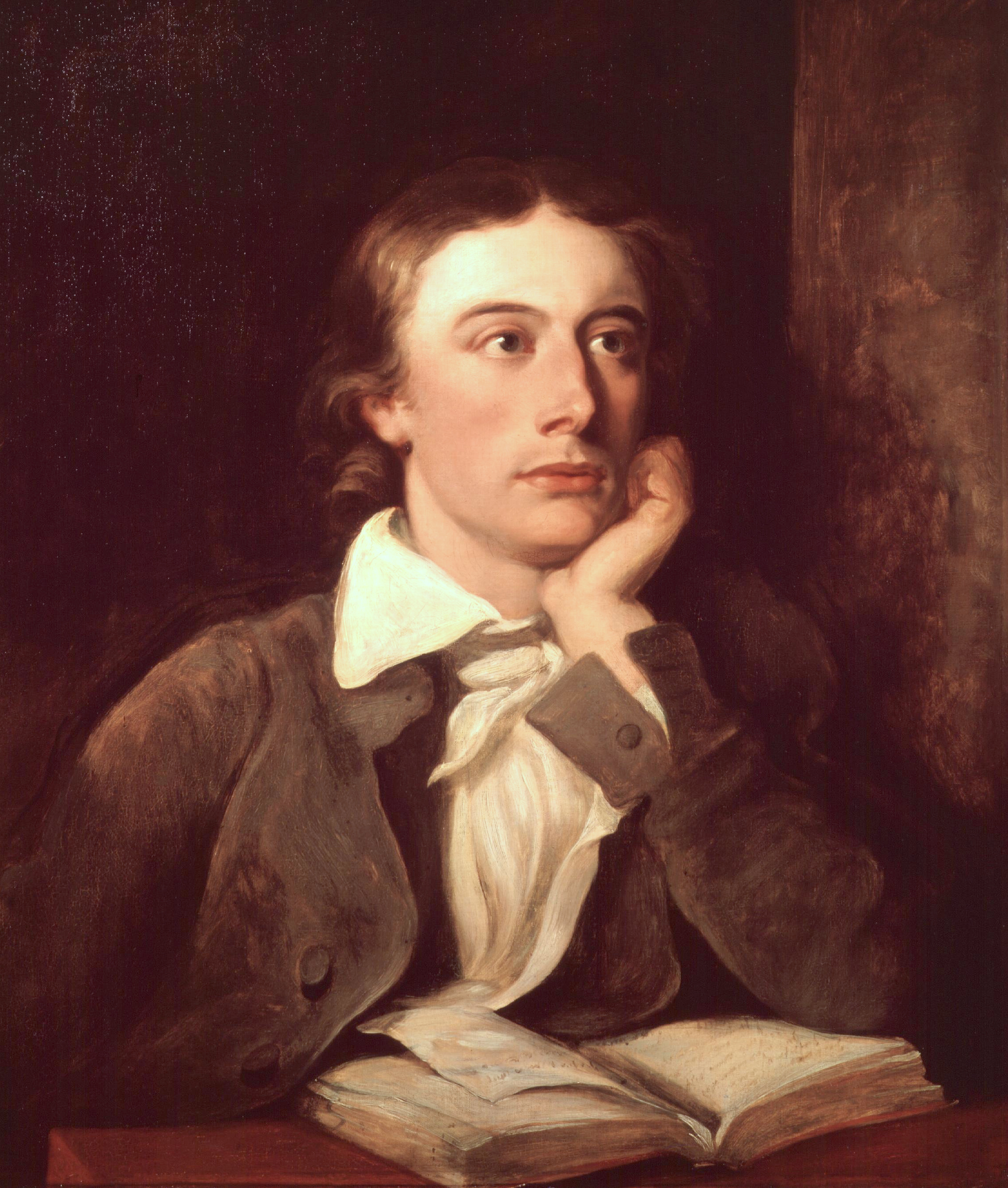“The imagination may be compared to Adam's dream — he awoke and found it truth.”
Letter to Benjamin Bailey (November 22, 1817)
Letters (1817–1820)
John Keats was an English Romantic poet. He was one of the main figures of the second generation of Romantic poets, along with Lord Byron and Percy Bysshe Shelley, despite his works having been in publication for only four years before his death from tuberculosis at the age of 25.Although his poems were not generally well received by critics during his lifetime, his reputation grew after his death, and by the end of the 19th century, he had become one of the most beloved of all English poets. He had a significant influence on a diverse range of poets and writers. Jorge Luis Borges stated that his first encounter with Keats' work was the most significant literary experience of his life.The poetry of Keats is characterised by sensual imagery, most notably in the series of odes. This is typical of romantic poets, as they aimed to accentuate extreme emotion through an emphasis on natural imagery. Today his poems and letters are some of the most popular and most analysed in English literature. Some of the most acclaimed works of Keats are "Ode to a Nightingale", "Sleep and Poetry", and the famous sonnet "On First Looking into Chapman's Homer".
Wikipedia

“The imagination may be compared to Adam's dream — he awoke and found it truth.”
Letter to Benjamin Bailey (November 22, 1817)
Letters (1817–1820)
“I can scarcely bid you good-bye, even in a letter. I always made an awkward bow. God bless you!”
Letter to Charles Armitage Brown (November 30, 1820)
Letters (1817–1820)
"The Fall of Hyperion : A Dream" (1819), Canto I, l. 147
Preface
Endymion (1818)
“Knowledge enormous makes a God of me.”
Bk. III, l. 113
Hyperion: A Fragment (1819)
“Every mental pursuit takes its reality and worth from the ardour of the pursuer.”
Letter to Benjamin Bailey (March 13, 1818)
Letters (1817–1820)
“In drear-nighted December,
Too happy, happy tree,
Thy branches ne'er remember
Their green felicity.”
"In drear-nighted December' (1817), st. 1
"I Stood Tiptoe", l. 72
Poems (1817)
Stanza V
La Belle Dame sans Merci (1819)
“He play'd an ancient ditty long since mute,
In Provence call'd "La belle dame sans mercy."”
Stanza 33
Poems (1820), The Eve of St. Agnes
“I have nothing to speak of but my self-and what can I say but what I feel”
Letter to John Hamilton Reynolds (August 24, 1819)
Letters (1817–1820)
"Sleep and Poetry", st. 6
Poems (1817)
Stanza 16
Poems (1820), The Eve of St. Agnes
Letter to Benjamin Bailey (July 18, 1818)
Letters (1817–1820)
Letter to John Hamilton Reynolds (February 19, 1818)
Letters (1817–1820)
" I Stood Tiptoe http://www.bartleby.com/126/2.html", l. 1
Poems (1817)
Stanza 5. The final lines of this poem have been rendered in various ways in different editions, some placing the entire last two lines within quotation marks, others only the statement "Beauty is truth, truth beauty," and others without any quotation marks. The poet's final intentions upon the matter before his death are unclear.
Poems (1820), Ode on a Grecian Urn
“Pleasure is oft a visitant; but pain
Clings cruelly to us.”
Bk. I, l. 906
Endymion (1818)
Stanza 26
Poems (1820), The Eve of St. Agnes
“Ever let the Fancy roam,
Pleasure never is at home.”
"Fancy", l. 1
Poems (1820)
"I Stood Tiptoe", l. 87
Poems (1817)
“And still she slept an azure-lidded sleep,
In blanched linen, smooth, and lavender’d.”
Stanza 30
Poems (1820), The Eve of St. Agnes
“So let me be thy choir, and make a moan
Upon the midnight hours”
"Ode to Psyche", st. 3
Poems (1820)
"I Stood Tiptoe", l. 10
Poems (1817)
Stanza 1
Poems (1820), Ode to a Nightingale
It has as much delight in conceiving an Iago as an Imogen. What shocks the virtuous philospher, delights the camelion poet.
Letter to Richard Woodhouse (October 27, 1818)
Letters (1817–1820)
Letter to John Taylor (February 27, 1818)
Letters (1817–1820)
Stanza 2
Poems (1820), Ode on a Grecian Urn
Letter to John Hamilton Reynolds (February 3, 1818)
Letters (1817–1820)